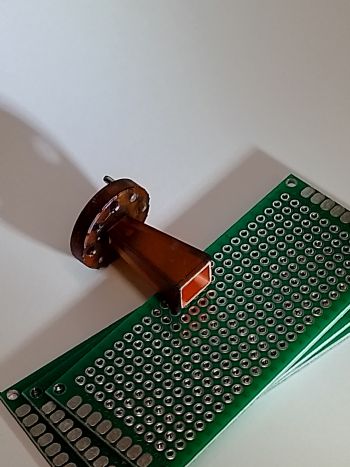 Horizon Microtechnologies
Horizon Microtechnologies, which is based in Karlsruhe (Germany) and specialises in micro-scale manufacturing using micro-AM technologies, has completed ‘rigorous functional testing’ to prove the effectiveness of its HMT-Metal coating process for making high frequency D-Band horn antenna via 3-D printing.
Andreas Frölich, Horizon’s CEO, said: “The work on the high-frequency D-band horn antenna used our HMT-Metal coating process, with which copper layers can be applied very evenly and conformally to a variety of component shapes and materials. From a commercial perspective, such components fit well with the use of micro-AM as they are typically in the centimetre-size range, with sub-mm dimensions and micron tolerances.
“Such antenna and other mm-wave components need to exhibit higher frequencies and connectivity for use in industrial measurement technology, sensor technology, and communication applications with very low latencies. Being able to make such mm-wave components via micro-AM not only allows the production of smaller and lighter weight components, but also opens the possibility of making them with properties and geometric features not possible using alternative fabrication processes.”
To prove its manufacturing technology could undertake high frequency and antenna applications, Horizon made measurements of the radiation pattern (how much signal goes out of the antenna and in which direction) and the so-called S11 parameter (how much of the signal is reflected back from the antenna into the transmitter). The measurements showed that the company’s antenna had about the same directivity and a better S11 parameter, when compared with traditionally produced antennae.
Mr Frölich added: “We didn’t even perform full-blown dedicated additive design-thinking efforts for the antenna, since we wanted to fabricate something emulating the conventional counterpart. Yet we have an antenna that weighs only a sixth of its conventional counterpart and takes up 15% less space. This is a powerful indication of the kind of benefits that dedicated AM-based component design-thinking could achieve.”